For much of our history we have treated the environment as our inexhaustible larder, supply depot and dumping ground. No longer. Our growth-driven economic model, which has delivered hitherto unimaginable – if appallingly distributed – material wealth, is coming up against the buffers. We cannot continue with a model of economic development that requires the ever-more rapid depletion of the finite resources on which we depend.
We are sawing at the limb on which we sit.
But there are nearly 8 billion people in the world, each with an equal moral right to the resources to live a worthwhile life, many, perhaps most, with a reasonable expectation that their lives, and the lives of their children, will be more affluent. Economic growth has helped lift millions from physical poverty. Accepting, again, the enormous inequalities with which the fruits of growth have been distributed – and their costs – it has also helped tackle disease and hunger for millions. To abandon this model, while so many billions have been unable to enjoy the fruits of it is a formidable global challenge, moral and political. Expectations of unlimited material improvement have been universalised. Governments will struggle if they thwart them.

Why should billions of people who have not enjoyed the fruits of industrial modernity be denied them?
What is environmental ethics?
Environmental ethics is concerned with the moral value of the environment, particularly its natural, in the sense of non-human, contents and our relationship to it. It is a recent branch of philosophy, sparked by growing awareness that human activity is driving irreversible environmental change.
Anthropocentrism – only human beings matter morally.
The ethical traditions out of which environmental ethics have emerged – and against which they increasingly position themselves – are largely human-centred or anthropocentric. They hold, with varying degrees of insistence, that human beings alone have intrinsic value – they alone have value in and of themselves. Either that or, in a milder version, human beings have considerably more intrinsic value than any competitor. Where there is a conflict between a human and a non-human interest, the human interest will usually win out.
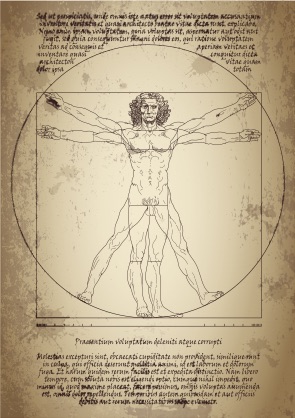
Justifications for this human exceptionalism are both multiple and, in some versions, to me at least, plausible. Some draw their justification from theological sources – that we are made in the divine image or are uniquely valued by God. Others rely on some combination of our unique rationality, our capacity for moral action, or our – Lockean – self-consciousness, our ability to consider ourselves ‘the same thinking thing, in different times and places.’
Does nature only matter because it matters to us?
These rich and vital anthropocentric traditions, some of which are very old indeed, and have roots in the world’s religions and classical philosophies, tend to grant to the non-human world instrumental value: it has value only in so far as it promotes human interests. When asked for reasons to preserve the world’s rainforests we can point to the pharmaceutical riches locked up in their marvellous ecology; or their importance for global carbon capture. These are – good – instrumental reasons to value the rainforests. But is it coherent to grant intrinsic value to the world’s rainforests?
Does nature have value in and of itself?
Although granting instrumental value to the environment is seldom controversial, what follows from it – what we should, collectively and globally do about it – is among the thorniest questions of our time. But what about that intrinsic value?
Can we plausibly ascribe to the environment value that cannot be reduced to its use value to us as human beings? And if we can, what follows?
I live in an ordinary South London street. Out front is a London plane tree. Slightly uphill a Norway maple. Like most city dwellers I am fond of these urban trees. We bought the house we live on partly because we stood outside and traced an unbroken line of green uphill to Tooting Common and then, fancifully, along the railway sidings and out into the country. Despite the pollarding, the trees outside are good to look at (they have aesthetic value). They provide shade. A microclimate. They swap some carbon for oxygen. They dampen traffic noise. (They have use value for those of us who live here). They attract birds – which also have aesthetic value. But do they have intrinsic value? If their roots start to undermine our house, can we fell them? And if we do, are we harming them morally as well as physically?
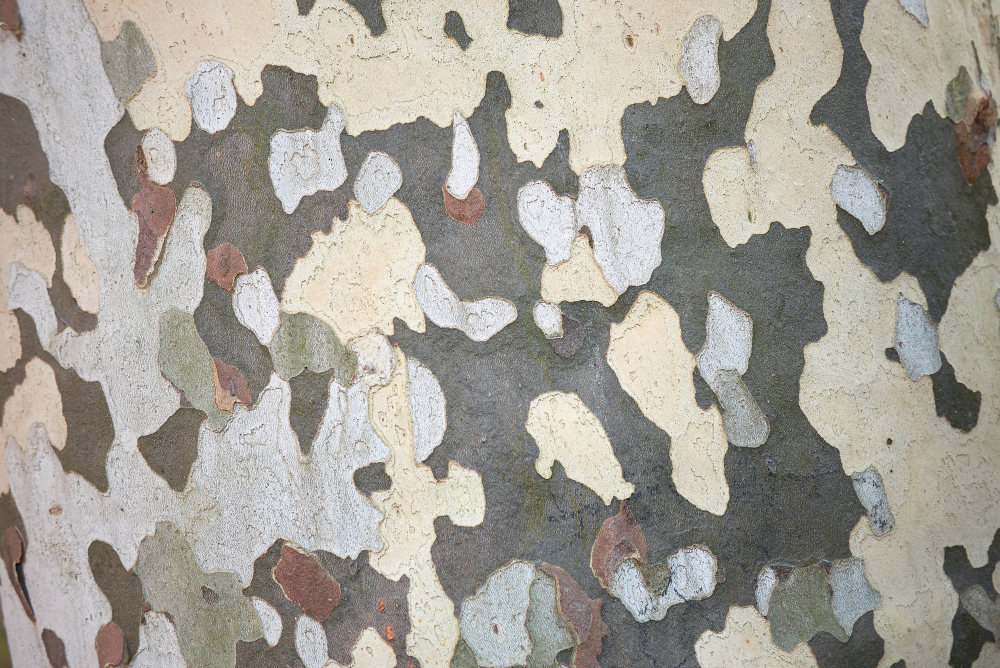
Of megafauna and maggots.
Attractive parts of our natural environment have an easier time on the whole: trees, orchids, what have rather wonderfully been called the ‘charismatic megafauna’: the Bengal tiger, the grey wolf, the blue whale. But what of the less attractive? Last summer was hot. The greenbottles were out and about.
What value the hundreds of maggots I found when I lifted the lid of the dustbin – by rights each an equal member of the natural environment? Was killing them wrong?
What is an environment?
There is an obvious first question: what are we valuing when we value an environment? Consider a largely untouched island covered in immemorial rain forest or wildwood, a few thousand acres free from human involvement. What makes this an environment and how should we value it? We have to accept that being an island does not separate it cleanly from its surroundings, from the seas in which its birds feed and from which the great trees receive their water – from an environmental perspective, not even an island is entire of itself.
For the sake of argument, let us accept that, geographically – and legally should someone be interested in ownership – it is a discrete unit. What is it about this inviolate island that we should value? Does its age matter, that you can trace its flora and fauna unbroken back to pre-human times? Or its enduring freedom from human involvement – its ‘naturalness’ or ‘wilderness’? What about its beauty? Or its uniqueness? And what if human interests compete with it?
What if global warming displaced a small indigenous group from a low-lying island nearby, would it be right for them to colonise the island and slash and burn the forest to cultivate food?
What if it contained a cure for some rare disease that could only be realised by felling it? Or, less-catastrophically, by disrupting it with roads and laboratories, by aircraft and booted scientists?
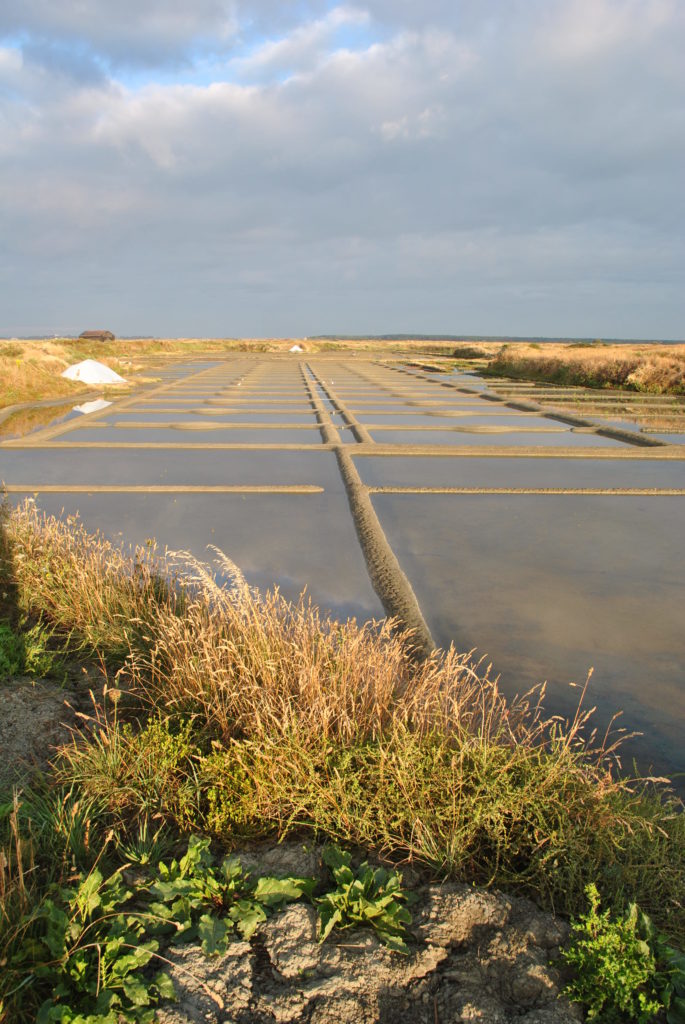
And if we decide that we value the environment as a whole, how do we negotiate between the totality and the species and processes that constitute it? What if an invasive species arrives quite naturally and threatens its diversity? Would we be justified in trying to control or eliminate it? Do the interests of the environment trump those of its constituent parts?
Given the blitheness with which pre-human evolution produced and abandoned species – and environments – what aspects of our current environment should be the focus of our concern, and over what stretches of time? Should we regard the extinction of the dinosaurs, and the loss of the prodigious wild landscapes in which they lived as not just a physical but also a moral loss?
Responding to crisis – the green movement.
Of the environmental movement itself, of environmentalism as an active social and political force, historians trace its beginnings to the second half of the nineteenth century. The loss of ‘pristine’ wilderness in the US, the degradation of European countryside, combined with widespread industrial pollution, led to increasing calls for the sustainable management of natural resources. The same period also saw the emergence of a more radical, biocentric – as opposed to anthropocentric – ethic.
Critical, now legendary figures in this embryonic biocentrism were John Muir (1838-1914), a Scottish-American naturalist, writer and mountaineer, and Aldo Leopold (1887-1948), an American professor of wildlife management.
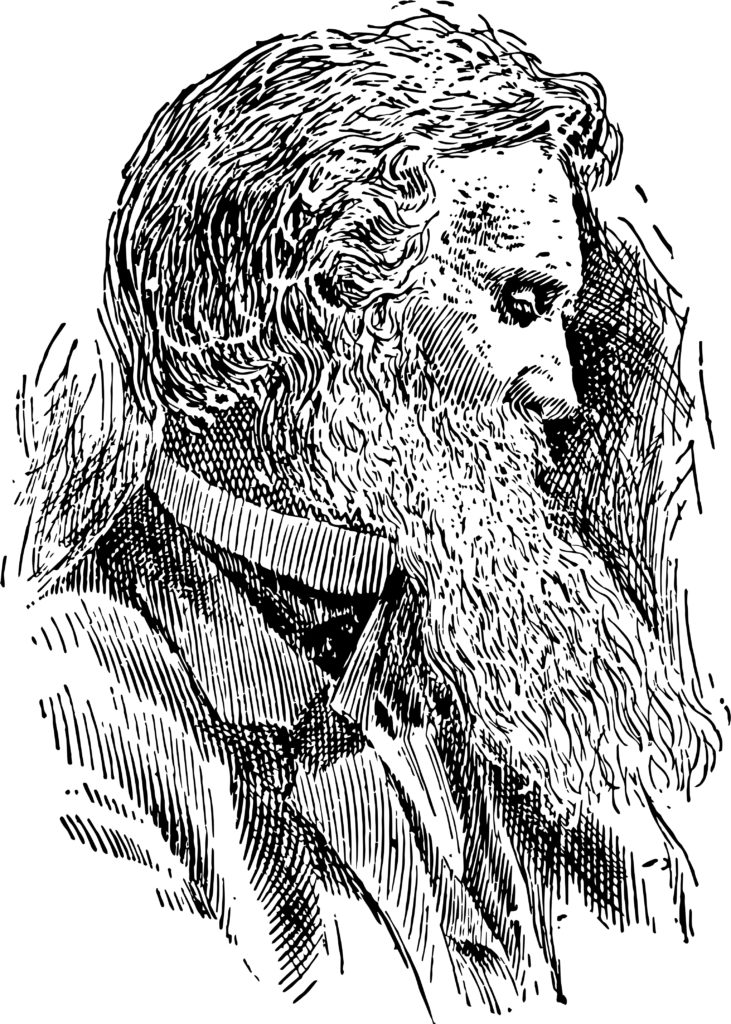
Leopold famously codified a ‘land ethic’, laying down an epigrammatic challenge to thousands of years of anthropocentric moral reflection: A thing is right when it tends to preserve the integrity, stability, and beauty of the biotic community. It is wrong when it tends otherwise.
Silent Spring.
Probably fair to say that environmentalism detonated in the public – at least western – consciousness with the publication in 1962 of Rachel Carson’s Silent Spring, a devastating account of the destruction of modern wildlife by industrial-scale use of pesticides. She also drew indelible links between the environment and human health: pesticides concentrated along food chains with savagely toxic effects. The end of the sixties saw the monitory publication of The Population Bomb by Ann and Paul Ehrlich – a warning that continued growth of the human population would overwhelm the planet’s ability to support it.
Deep ecology.
In the early 1970s, a trip by three Norwegian climbers and ‘eco-philosophers’ to Nepal gave birth to what became ‘deep ecology’.
Impressed by the way their Sherpa hosts lived in balance with their harsh mountain environment, Sigmund Kvaløy, Arne Næss, and Nils Faarlund came to the view that living things could not be reduced to their use value for others.
Contrasting with ‘shallow ecology’ – that ecosystems should be preserved for their contribution to human welfare – ‘deep ecology’ saw all parts of the biota as holding intrinsic value.
Bringing it up to date.
In the forty years since I first became interested in the environment, much, although not all, of what the environmental Cassandras foresaw has come about. The oceans grow cloudy with microplastics. The great forests of the earth dwindle. Most of the Aral sea is a dustbowl. The Greenland ice shelf is retreating. Marginal land is flooding. Biodiversity is collapsing. Wildfires tear through great tracts of land. But still we consume. Still we pump out greenhouse gases. We have sawn the limb on which we sit almost through but still we saw away.
It is to this knowledge and this crisis that Whetstone responds.
Julian Sheather

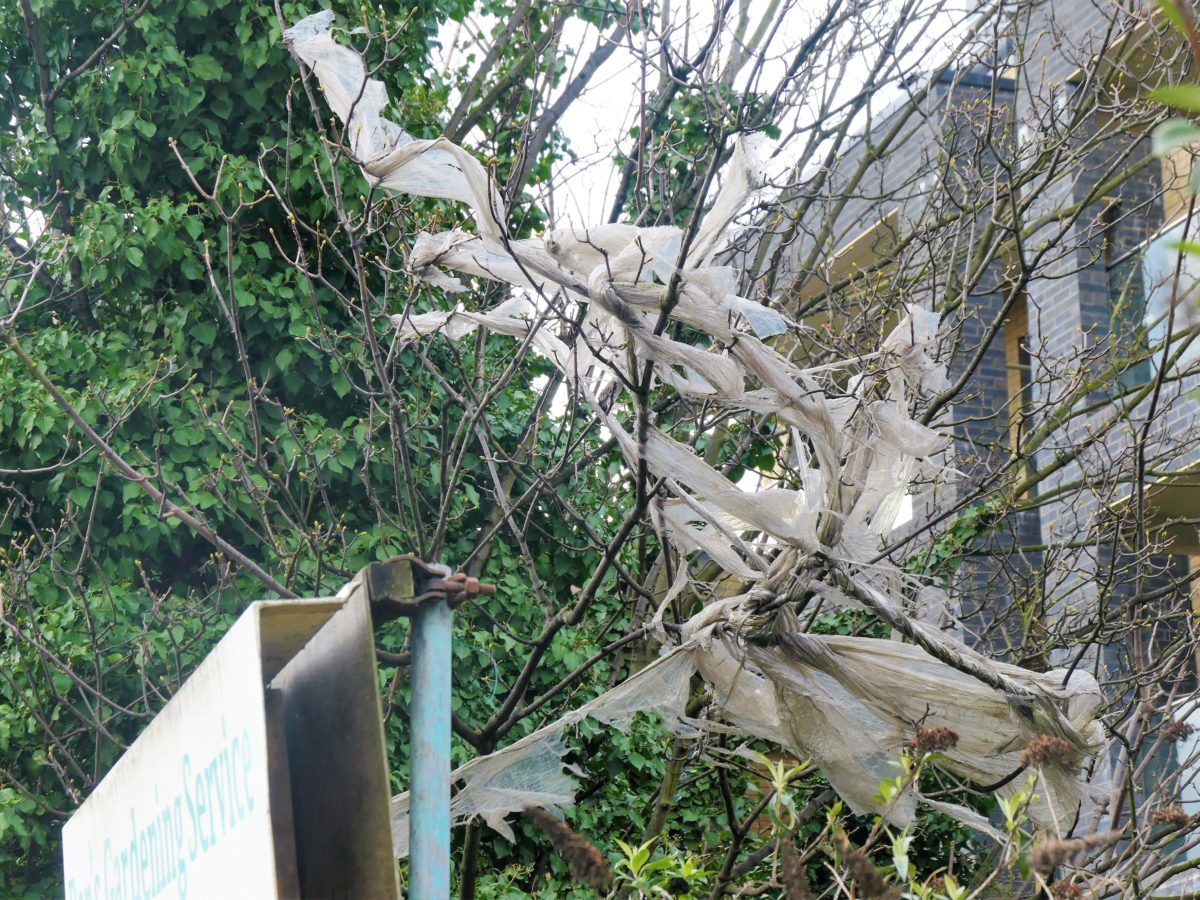


Stephen McCarthy
April 13, 2021 at 1:49 pm
A genuinely excellent read. The clock keeps ticking.
Julian Sheather
April 13, 2021 at 2:19 pm
Many thanks Stephen, glad you liked it. The tock is indeed ticking.